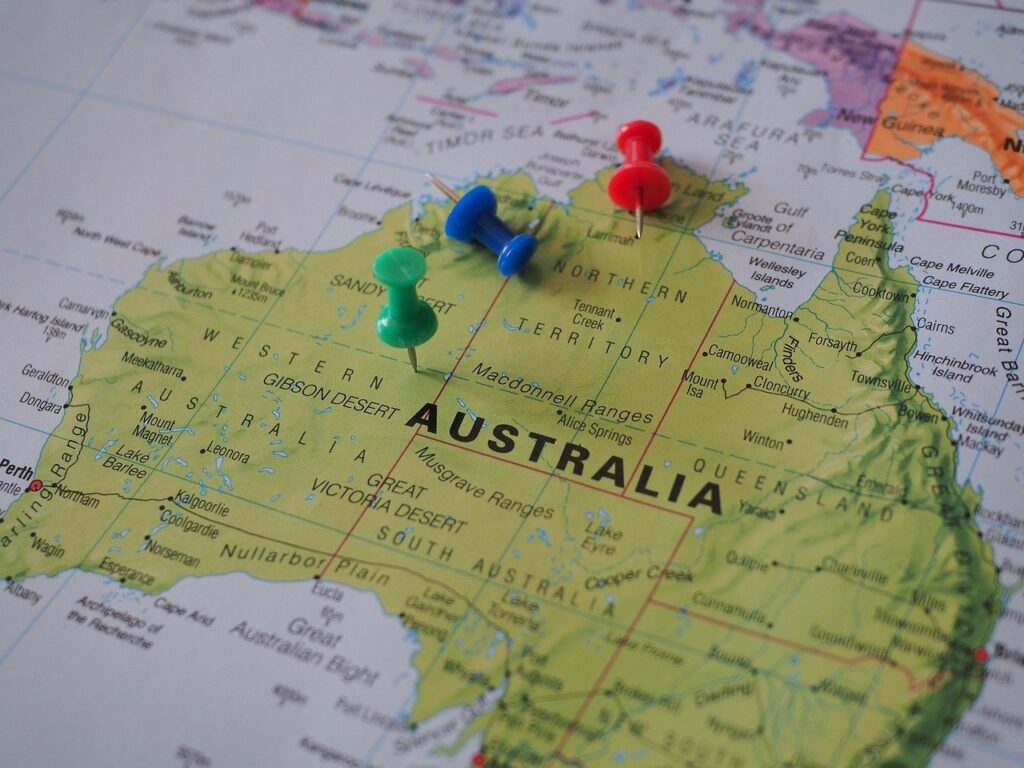As Australia’s hydrogen ambitions face mounting headwinds, the federal government has committed A$432 million (US$283.82 million) to support the Hunter Valley Hydrogen Hub, a project led by Orica, the world’s largest explosives manufacturer.
The Hunter Valley initiative aims to decarbonise Orica’s ammonia and explosives production and build export-oriented capacity in green hydrogen and ammonia. Phase one of the hub will feature a 50 MW electrolyser powered by renewable energy, capable of producing up to 12 tonnes of green hydrogen per day.
Australia has set a national target to reach net-zero emissions by 2050, with green hydrogen playing a key role in industrial decarbonisation and future energy exports. Yet the pathway has been anything but smooth. Earlier this week, the collapse of the A$12.5 billion Central Queensland Hydrogen (CQ-H2) project—previously one of the country’s most advanced—sent a chill through the sector. State-owned energy company Stanwell, the lead developer, withdrew citing commercial and technical challenges.
Orica’s project has had its own setbacks. Origin Energy, initially a joint venture partner, exited last year due to rising cost pressures and an uncertain hydrogen market outlook. Without that backing, the Hunter Valley hub faced financing difficulties. Orica has since underscored the need for public support to address what it called the project’s “commercial gap.”
This federal injection may be the lifeline needed to keep the project on track. According to Orica CEO Sanjeev Gandhi, the company has seen a resurgence in interest from potential partners and is moving toward a final investment decision, though no timeline has been confirmed.
For Orica, the shift to green hydrogen also represents a strategic evolution. The company’s ammonia-based products are deeply embedded in mining, agriculture, and explosives—sectors that face increasing pressure to decarbonise supply chains. Replacing fossil-fuel-derived hydrogen with green alternatives could cut emissions at the production level, while also generating new revenue opportunities via green ammonia exports.
The broader implications of the government’s funding go beyond Orica. It signals a move toward de-risking hydrogen projects through direct financial support, rather than relying solely on market forces. That policy shift may be necessary given Australia’s recent track record: in addition to CQ-H2, multiple electrolyser and hydrogen refueling projects have been postponed or scaled down over the past 18 months.
Stay updated on the latest in energy! Follow us on LinkedIn, Facebook, and X for real-time news and insights. Don’t miss out on exclusive interviews and webinars—subscribe to our YouTube channel today! Join our community and be part of the conversation shaping the future of energy.





